Last month, President Trump directed U.S. Secretary of the Interior Ryan Zinke to review 27 national monuments, including one in our own backyard: Hanford Reach.
Hanford Reach National Monument is a site of national significance. The reach is the last free-flowing stretch of the 1,243-mile Columbia River and contains some of the most productive salmon spawning areas in the Northwest. Its shores and surrounding land represent one of the largest intact areas of the once-widespread sagebrush habitat in Washington. In surveys The Nature Conservancy conducted there in the 1990s, we found dozens of plant and insect species that had been previously unknown to science.
In addition, the area has a long and rich history of Native American habitation and use and is culturally significant to tribes throughout the region. More than 150 registered archeological sites are found within the monument's boundaries. The reach is also a popular destination for fishing, boating and birdwatching.
The Conservancy has been involved with the Hanford Reach landscape since the 1980s, and we were in the thick of the fight to protect this national treasure for nearly 20 years. Our many coalition partners included a wide variety of local and national conservation groups, tribes, fishermen, birdwatchers and hunters. When President Clinton declared the monument permanently protected in June 2000, we thought the long fight had been won. After the designation, we continued to work with the U.S. Fish & Wildlife Service on the creation of the new monument’s conservation plan, along with a local advisory committee.
What are we doing about it?
We’re reaching out to our members and allies to make the case that Hanford Reach deserves to remain a national monument. Federal ownership and stewardship of public lands play an important role in conservation that benefits people and nature, and the Antiquities Act — the tool used by President Clinton in his designation of Hanford Reach National Monument — is an important way to protect precious cultural and natural resources on public lands. We have also engaged nationally in the conversation about public lands and national monuments, including issuing a statement concerning the Bears Ears National Monument in southeast Utah.
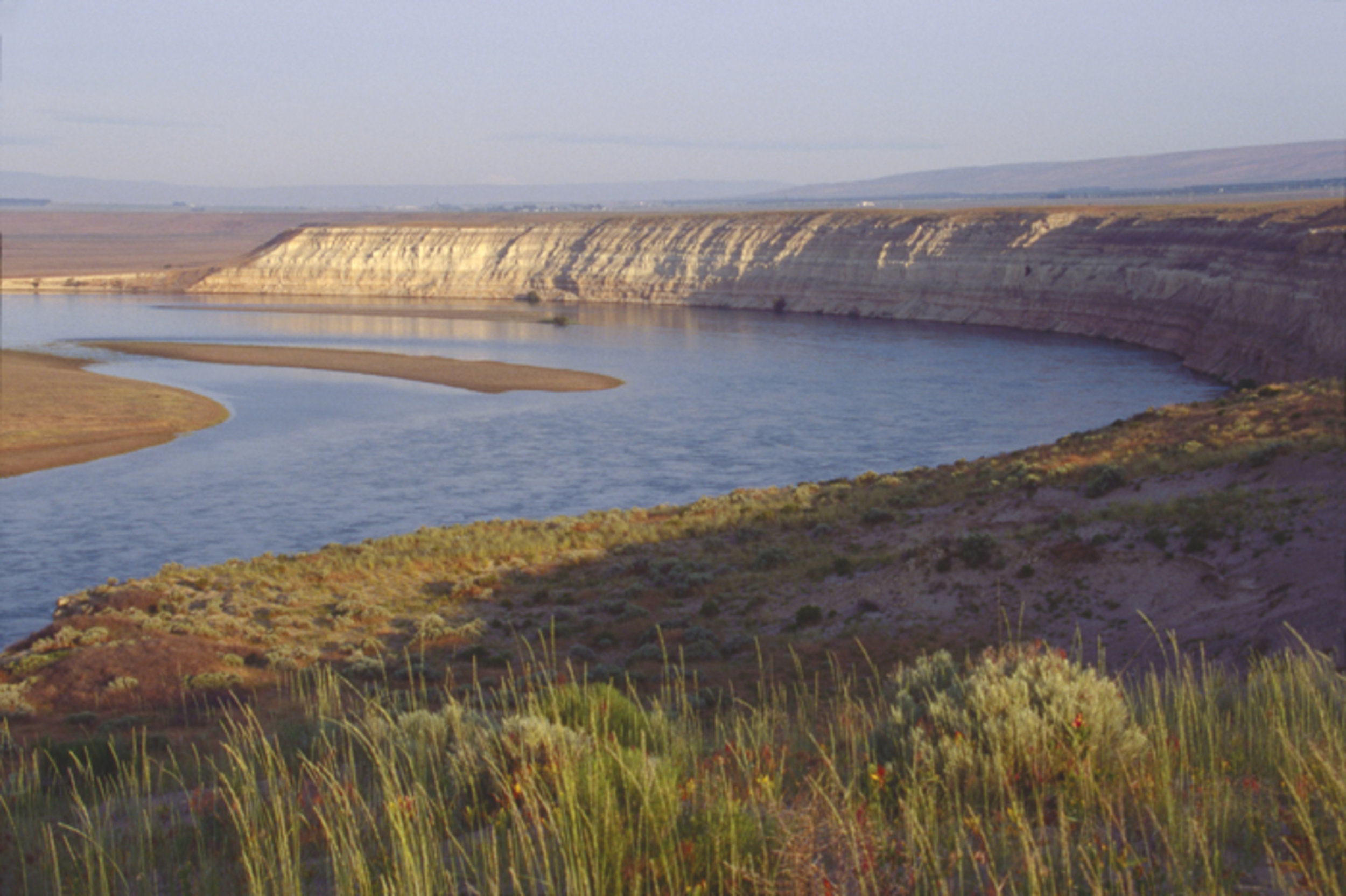
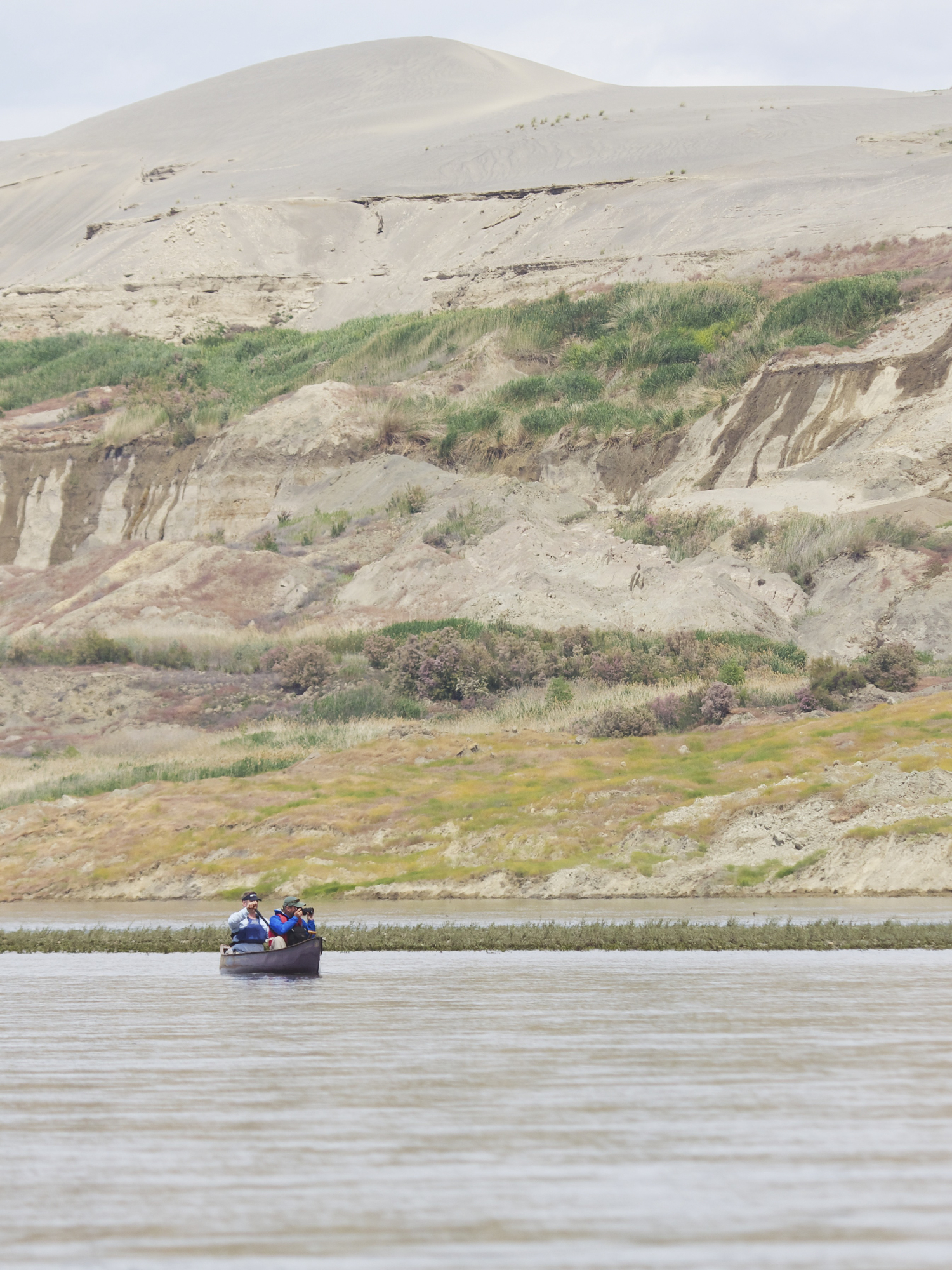
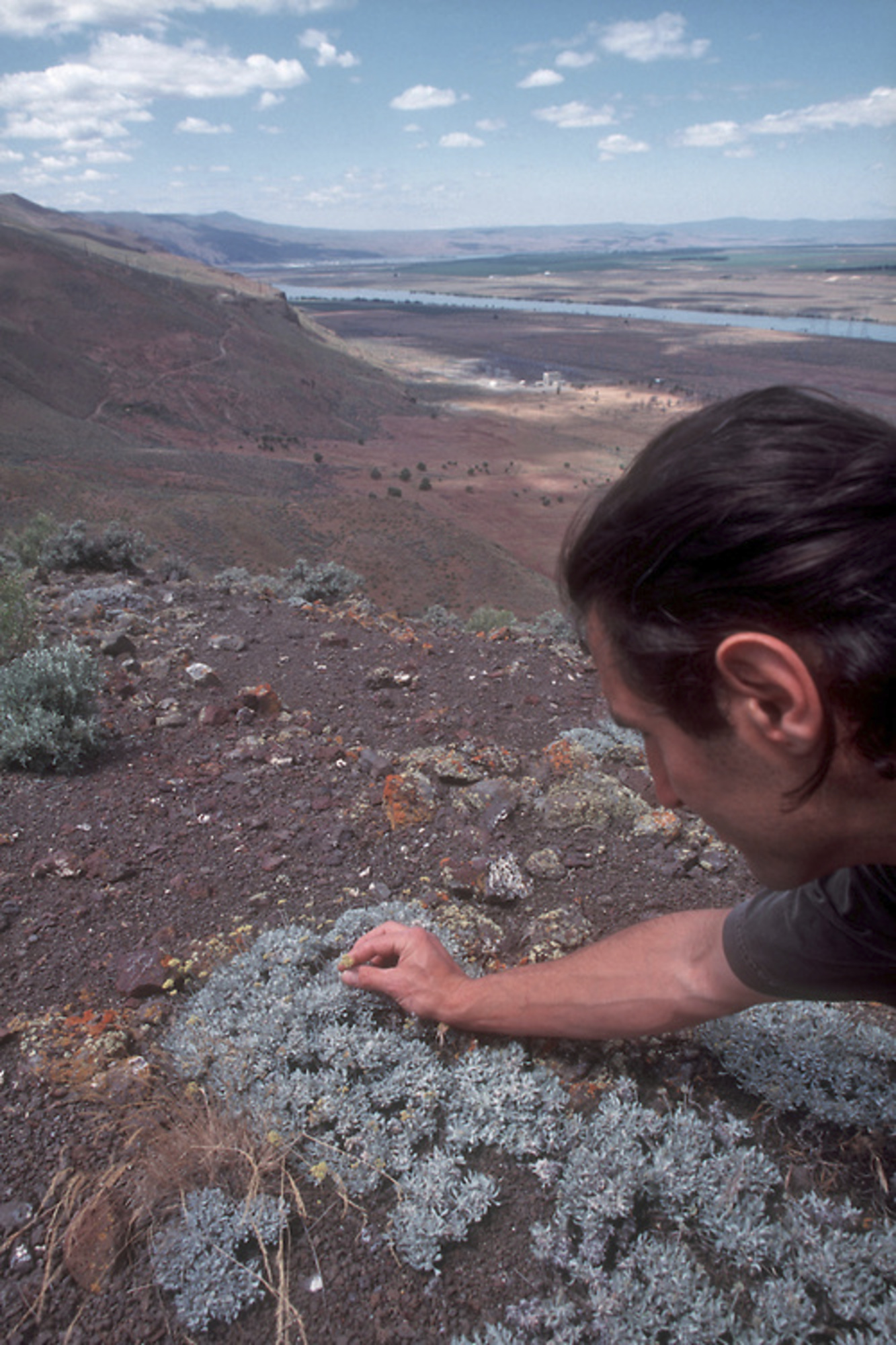
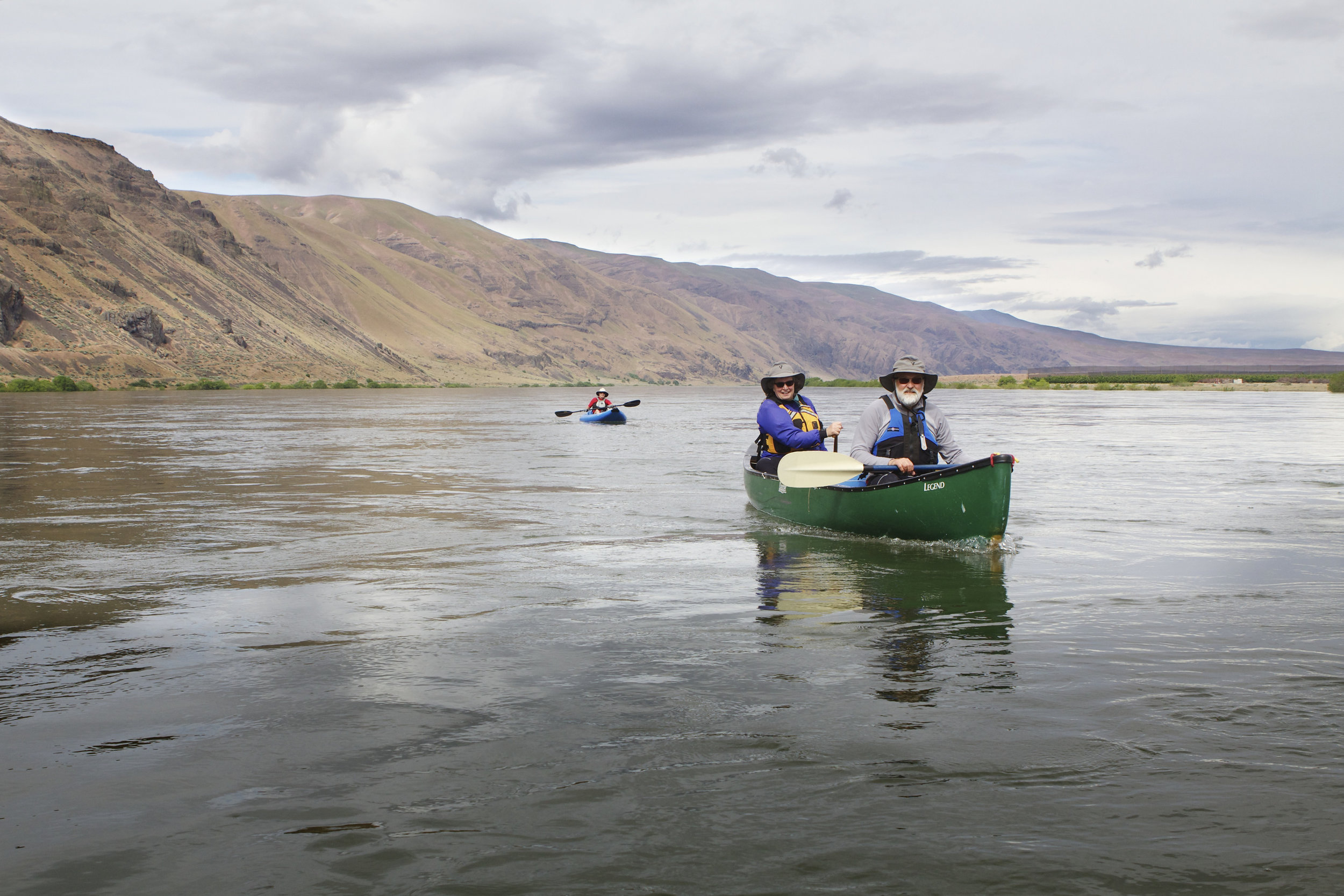
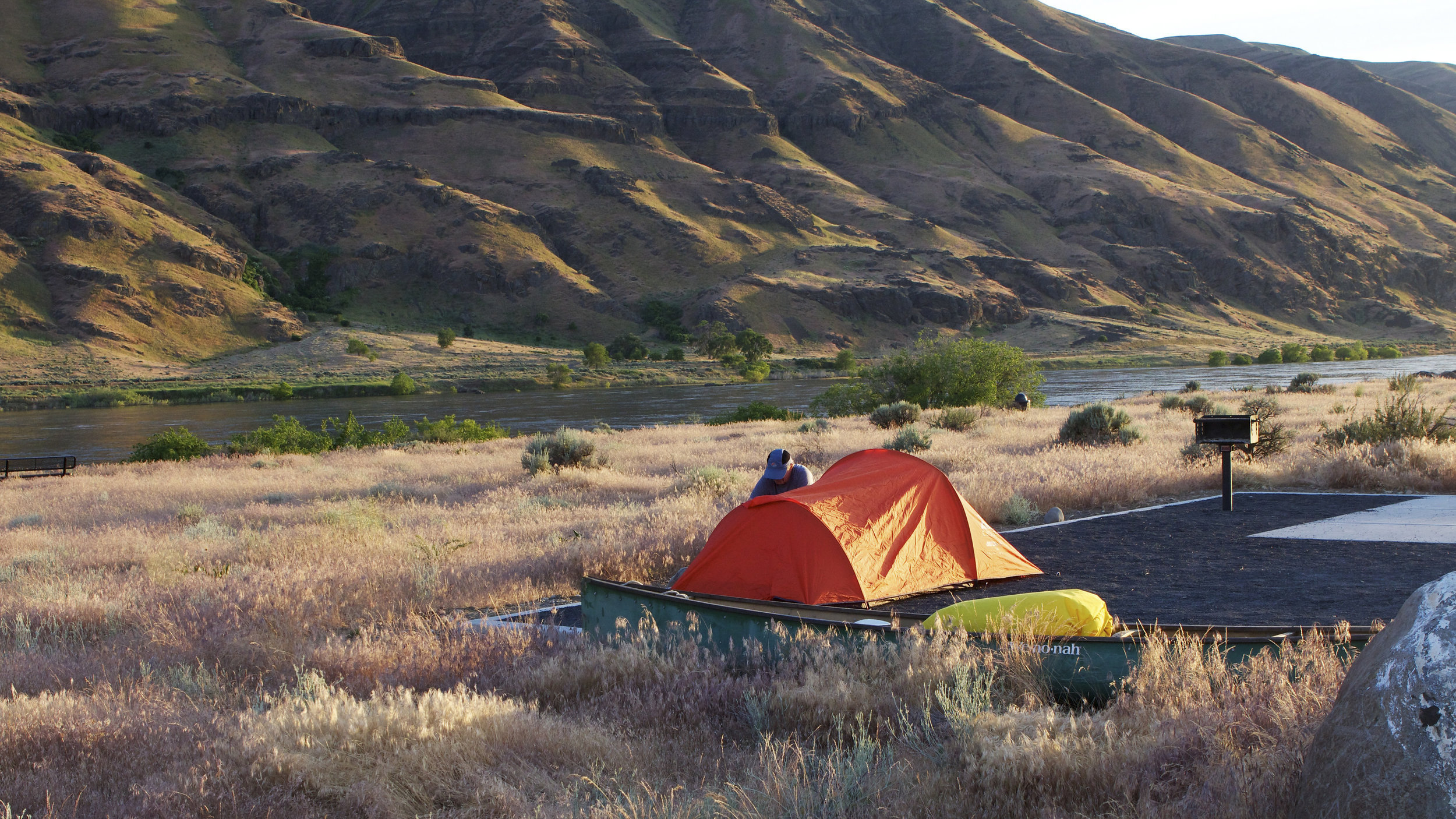
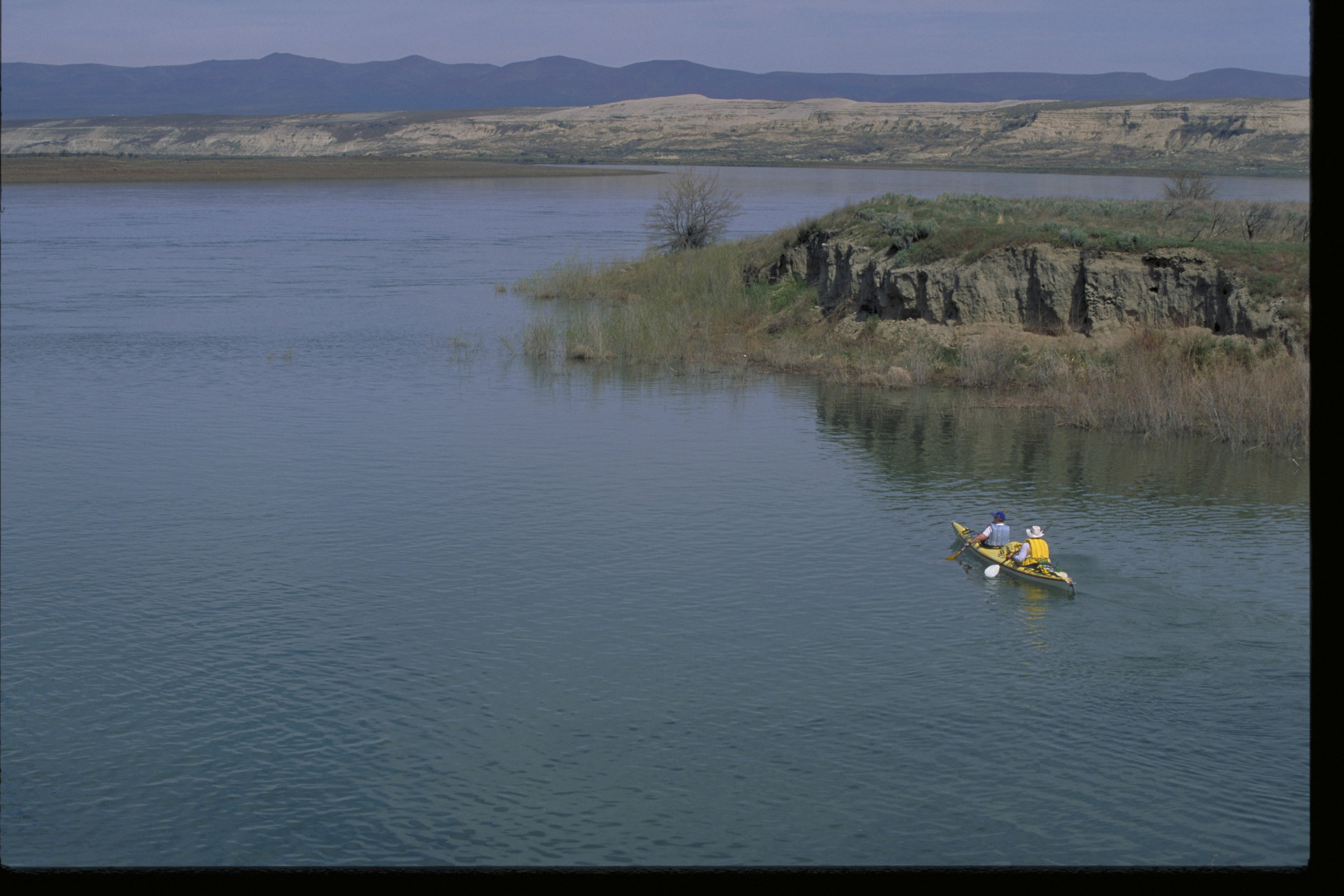
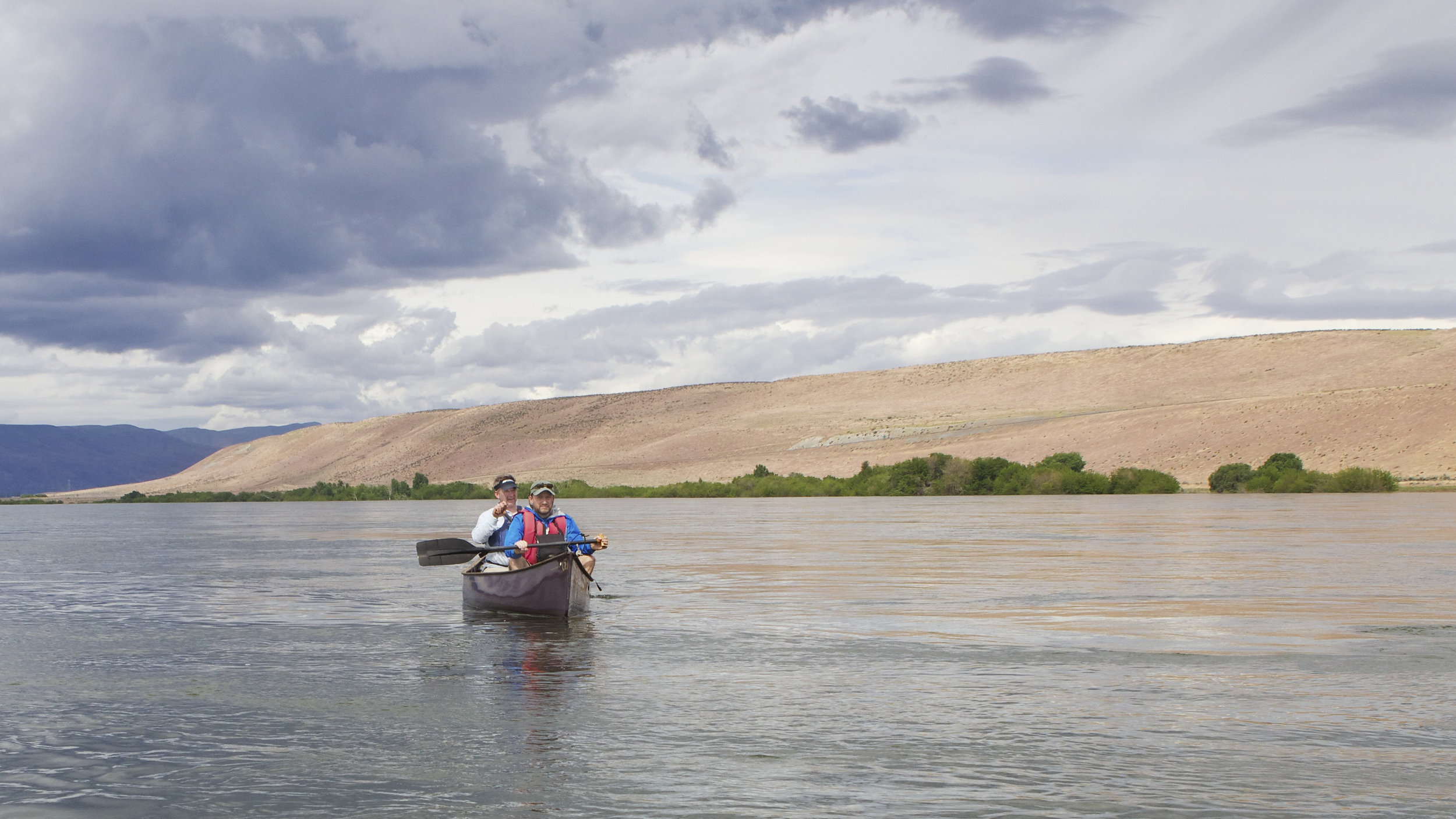
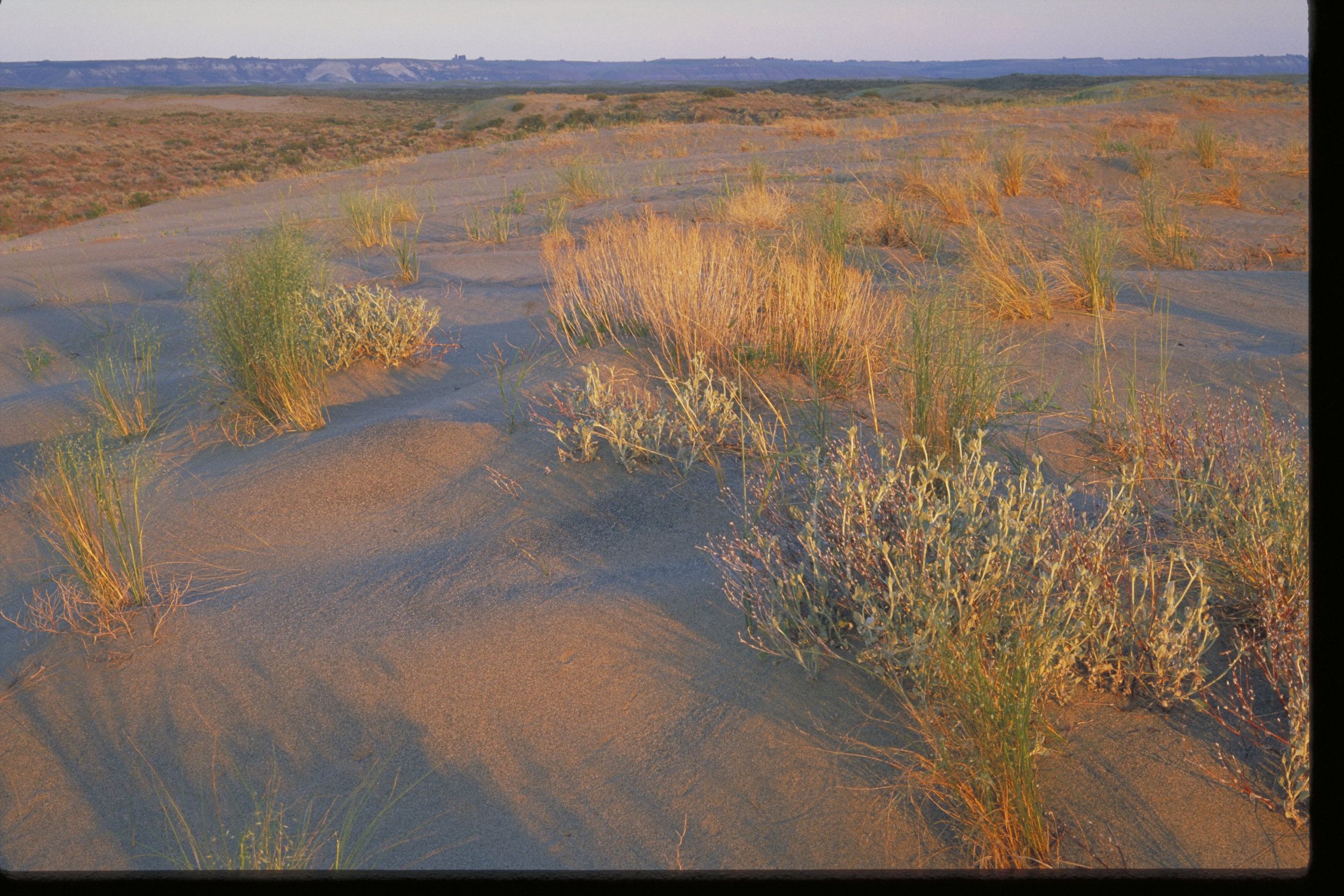
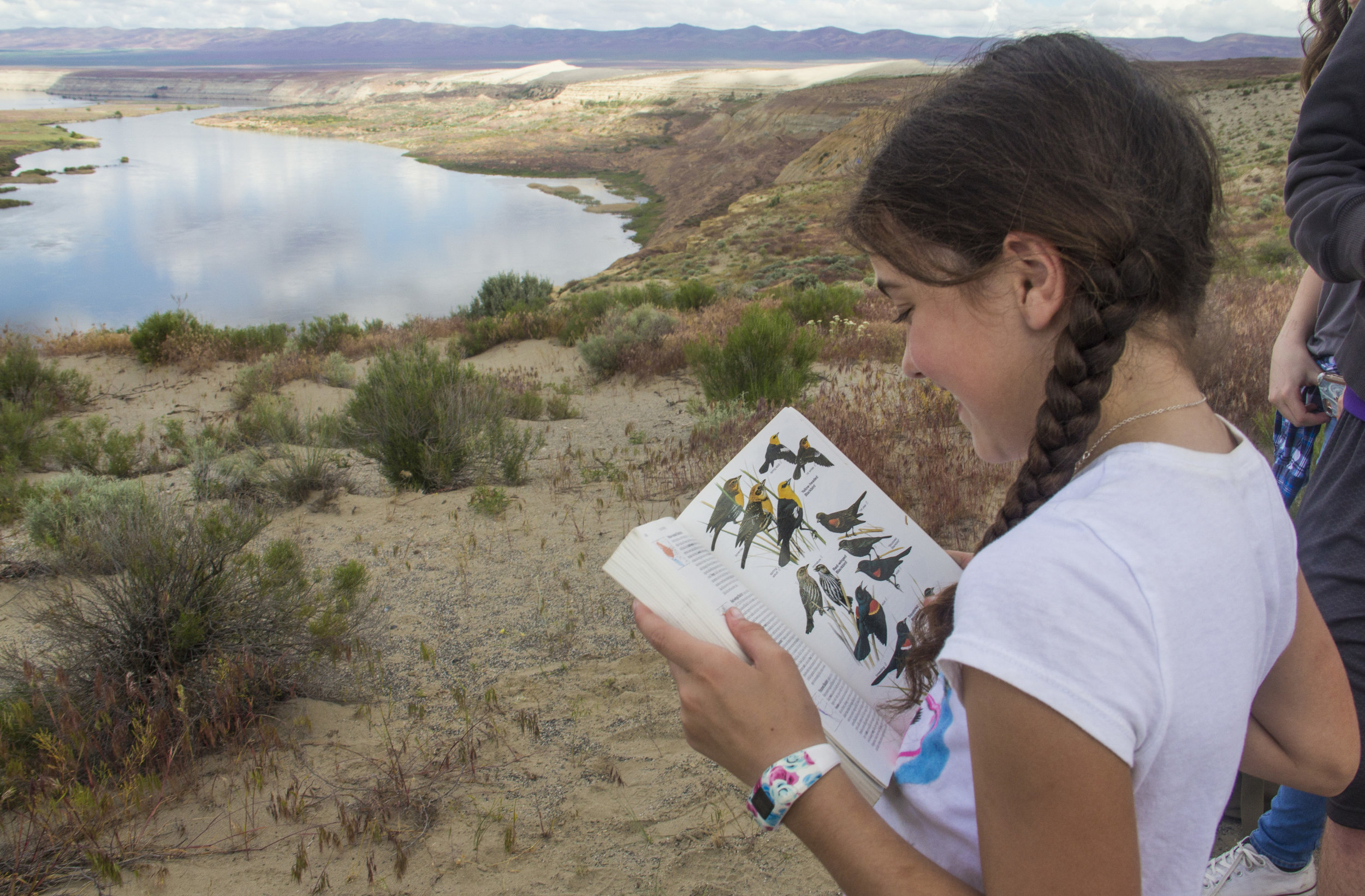
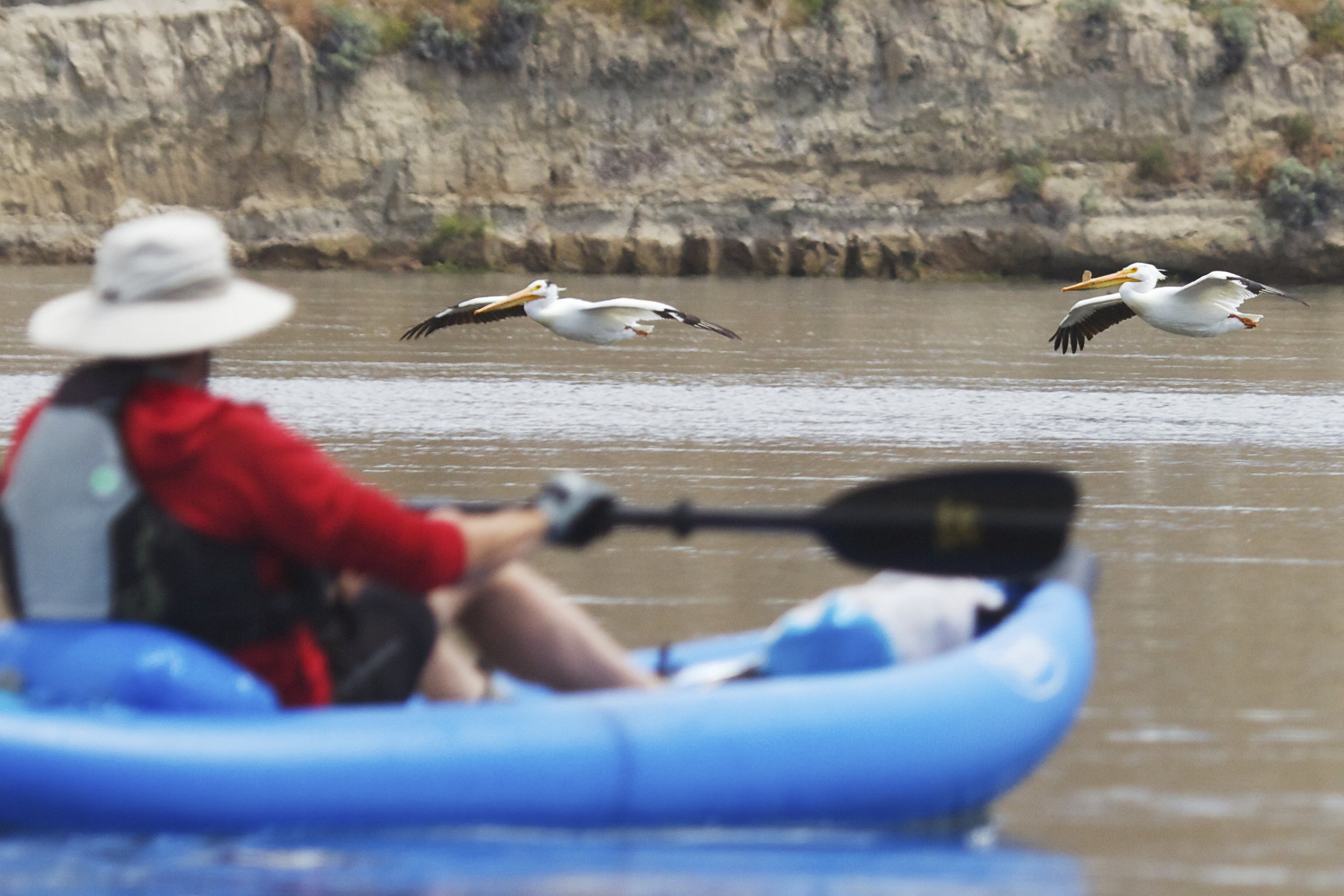

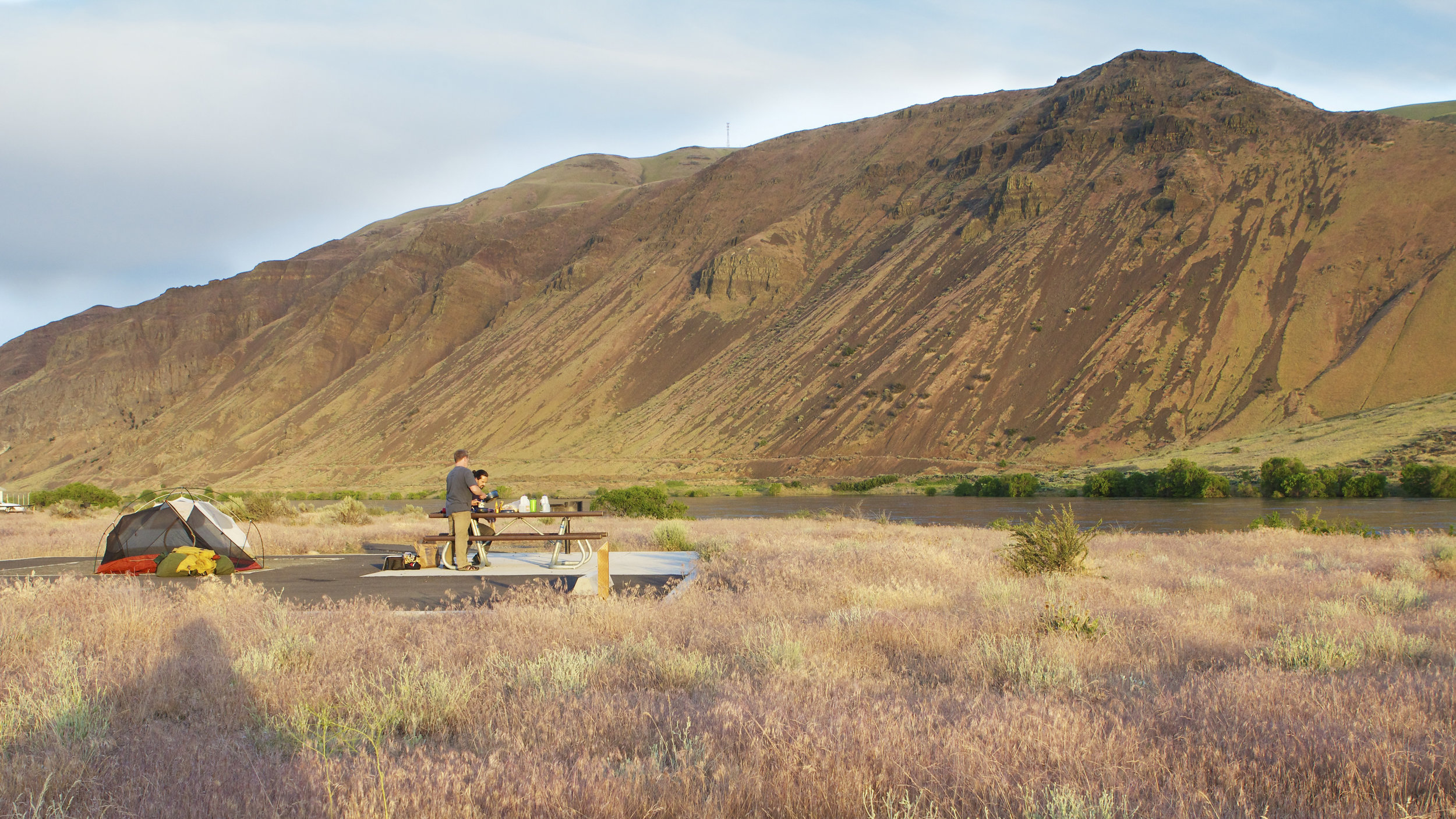
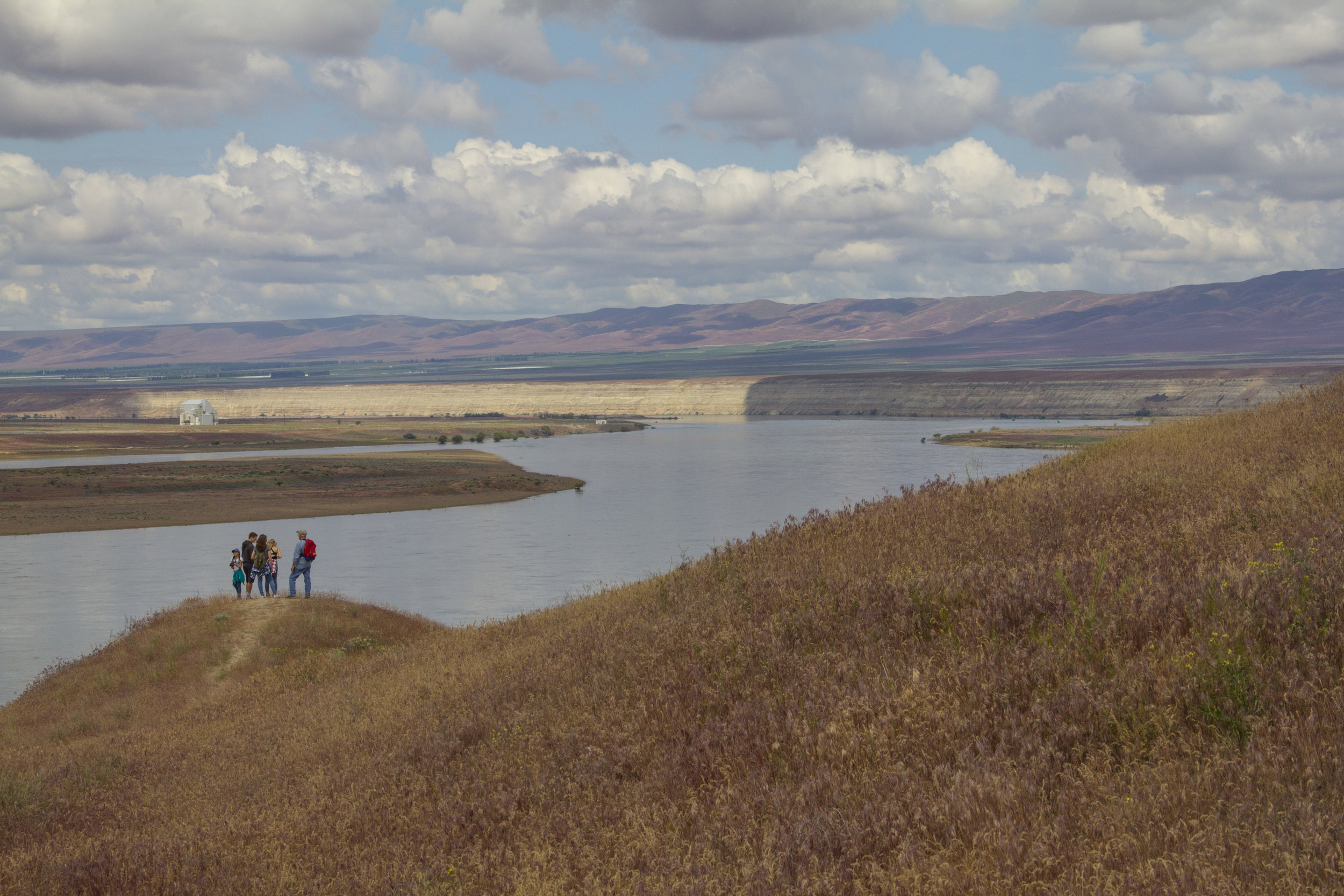
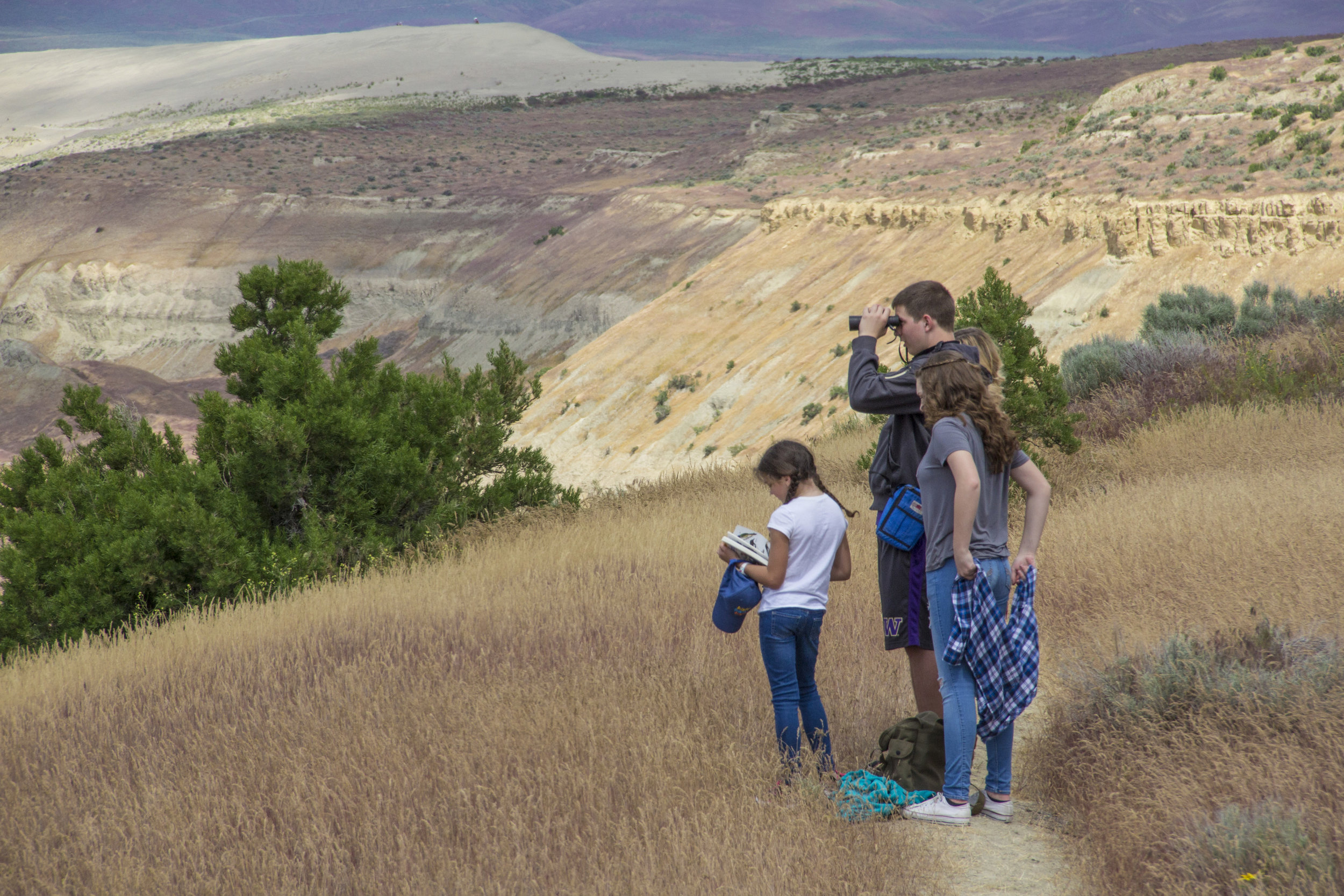

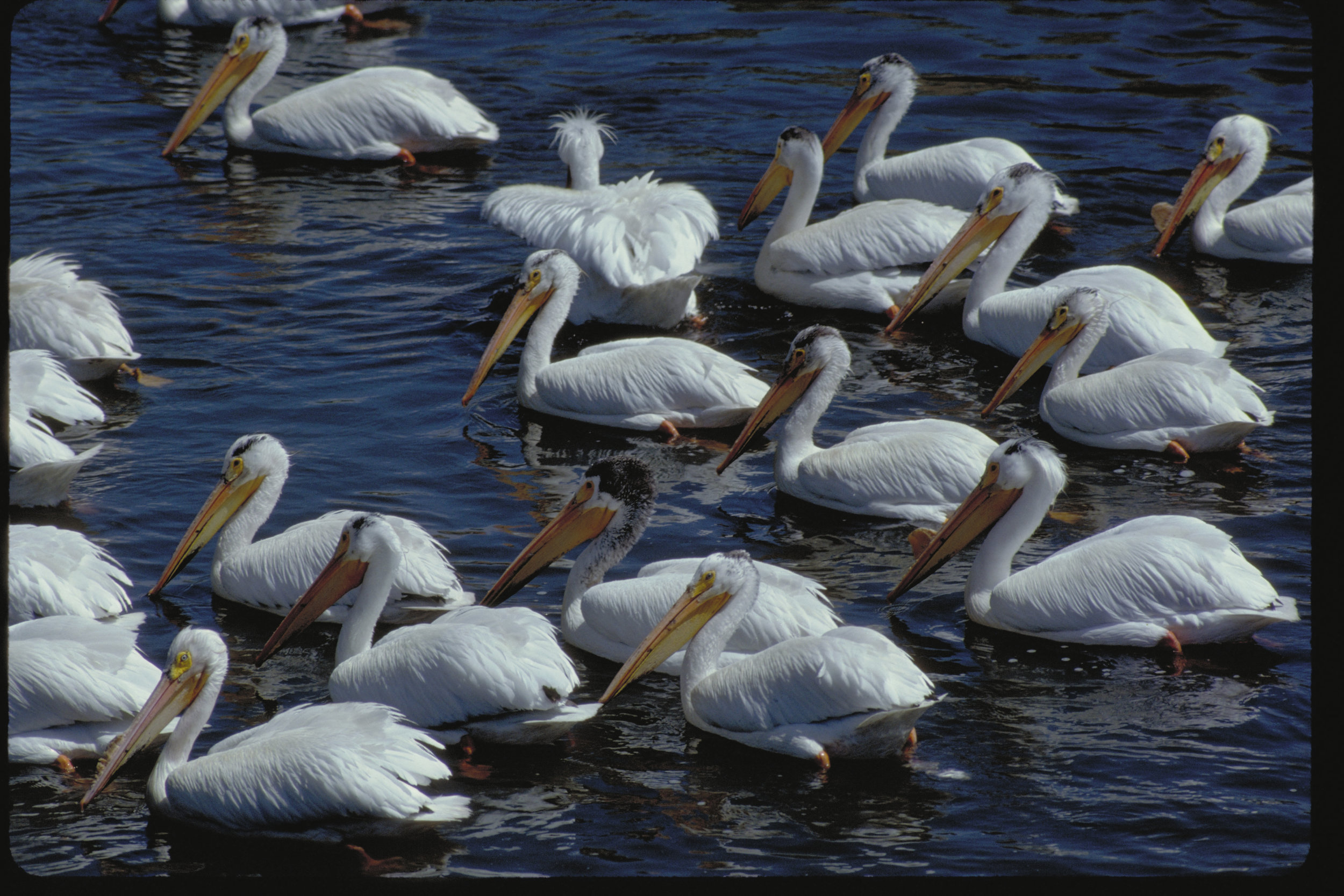
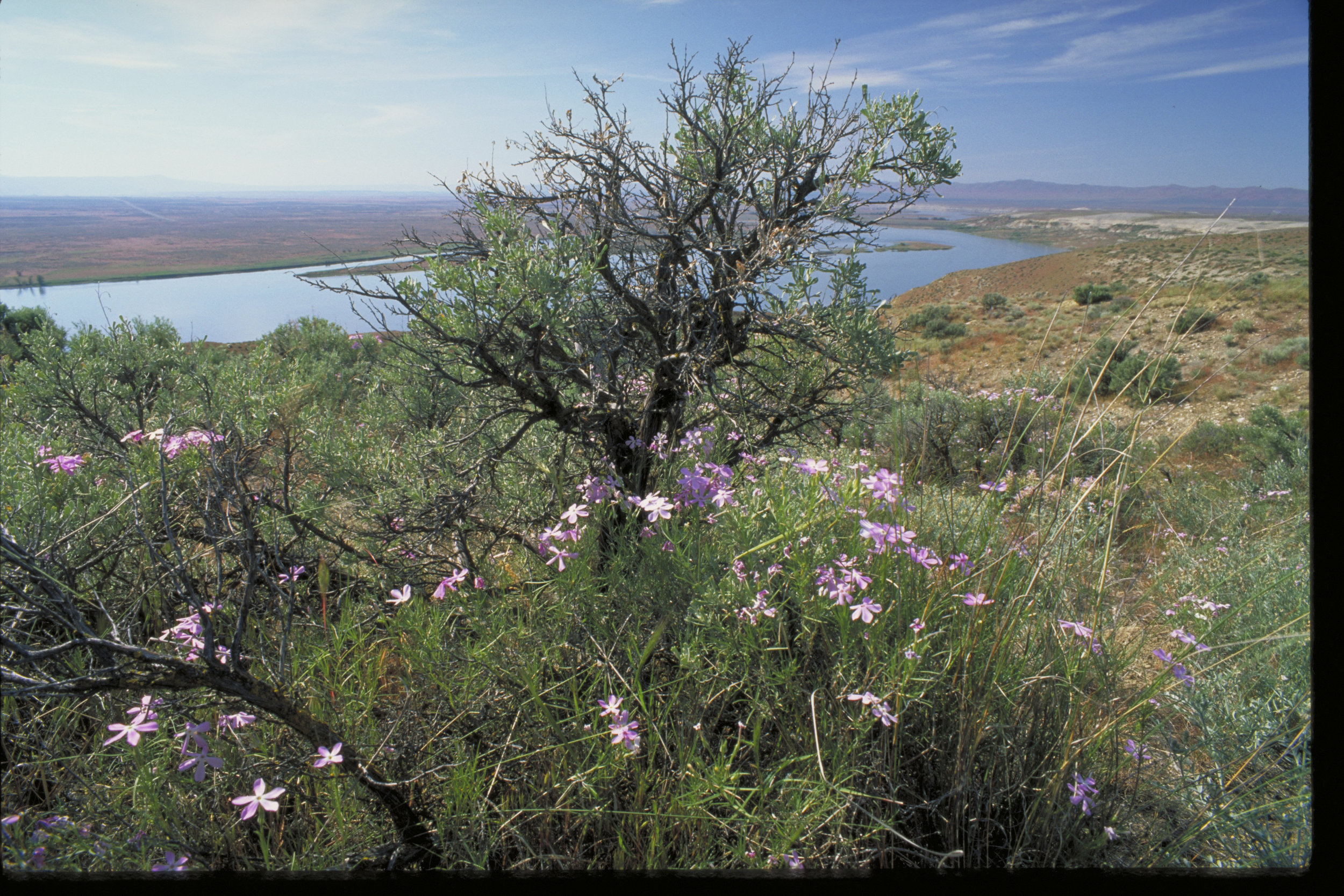
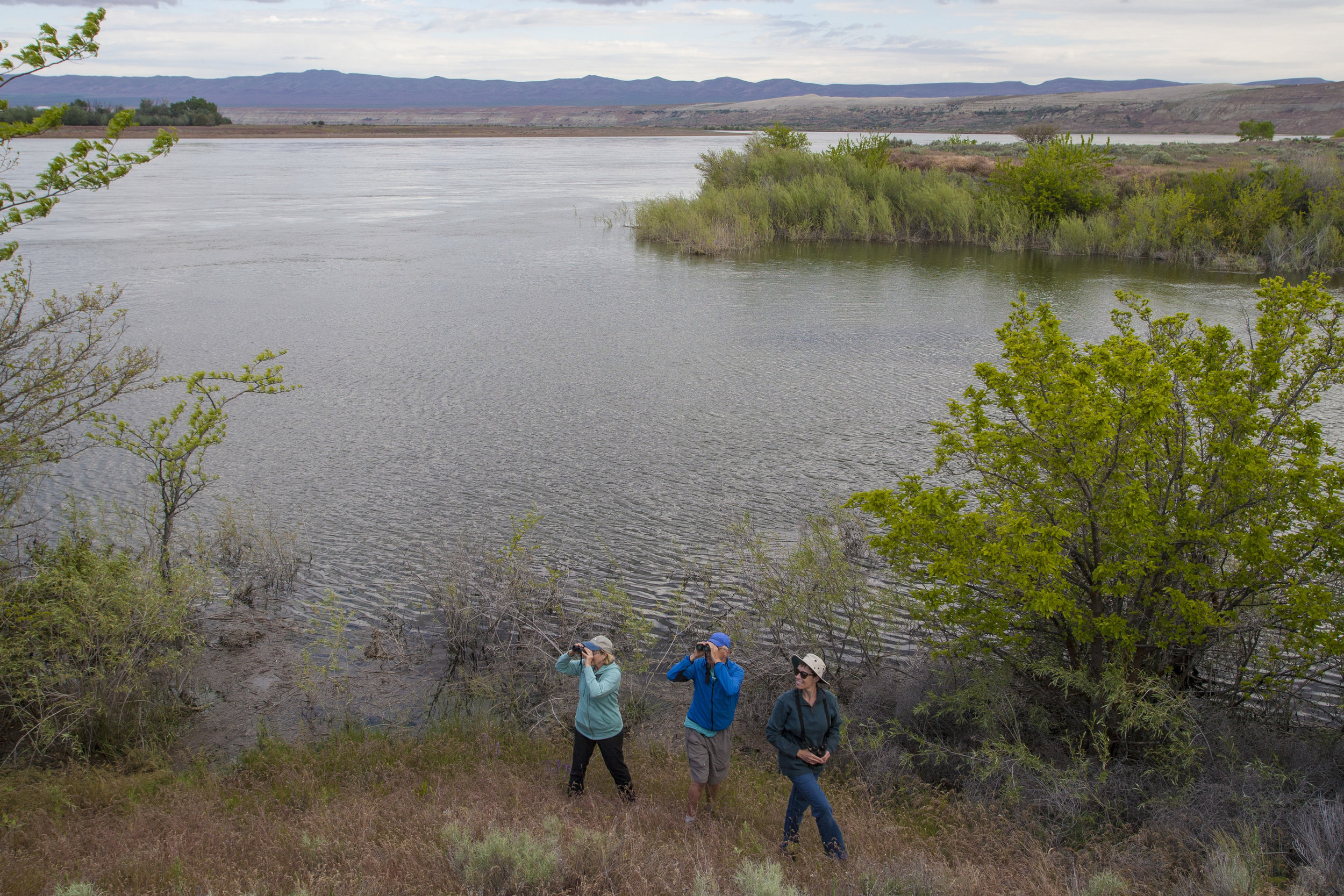




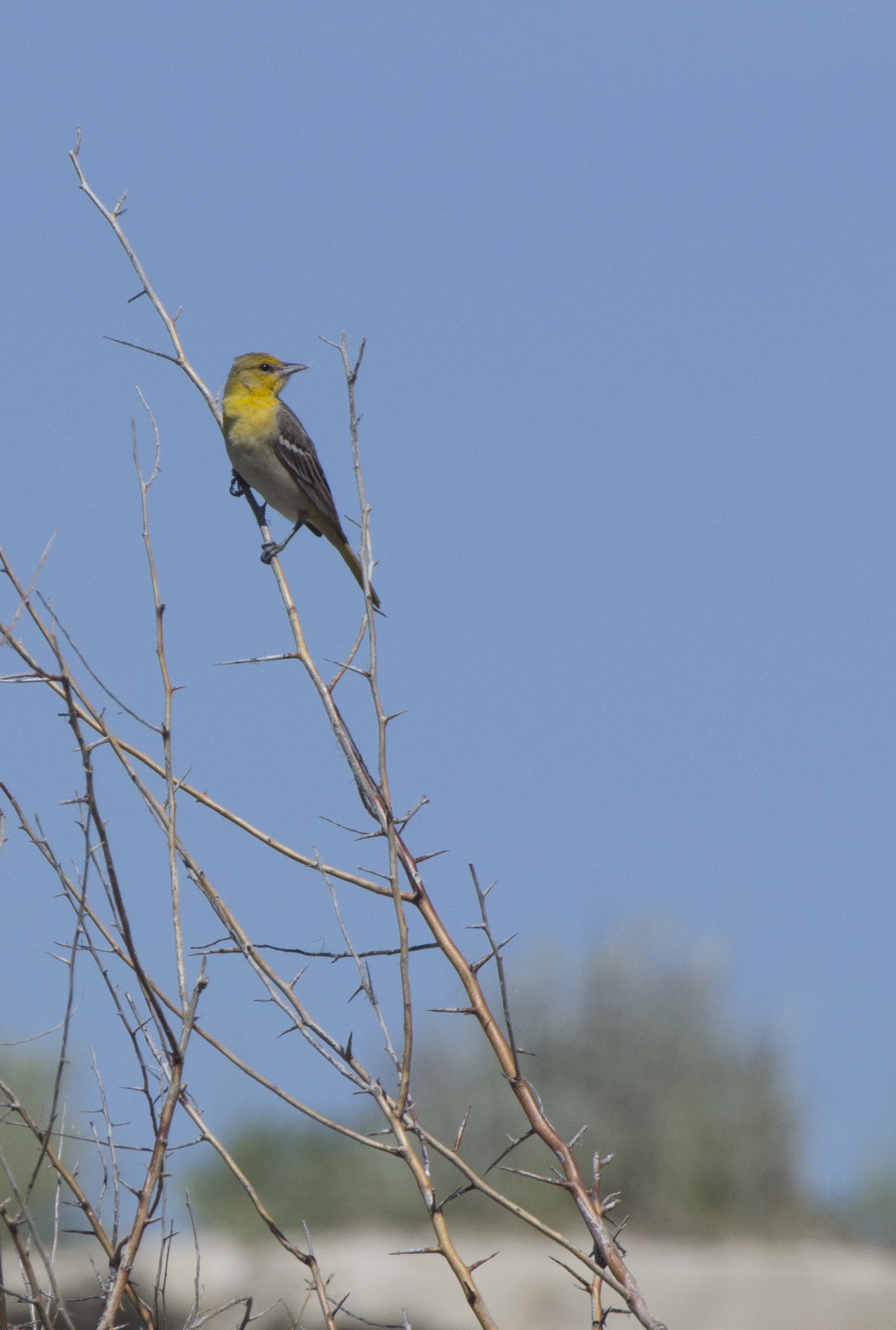
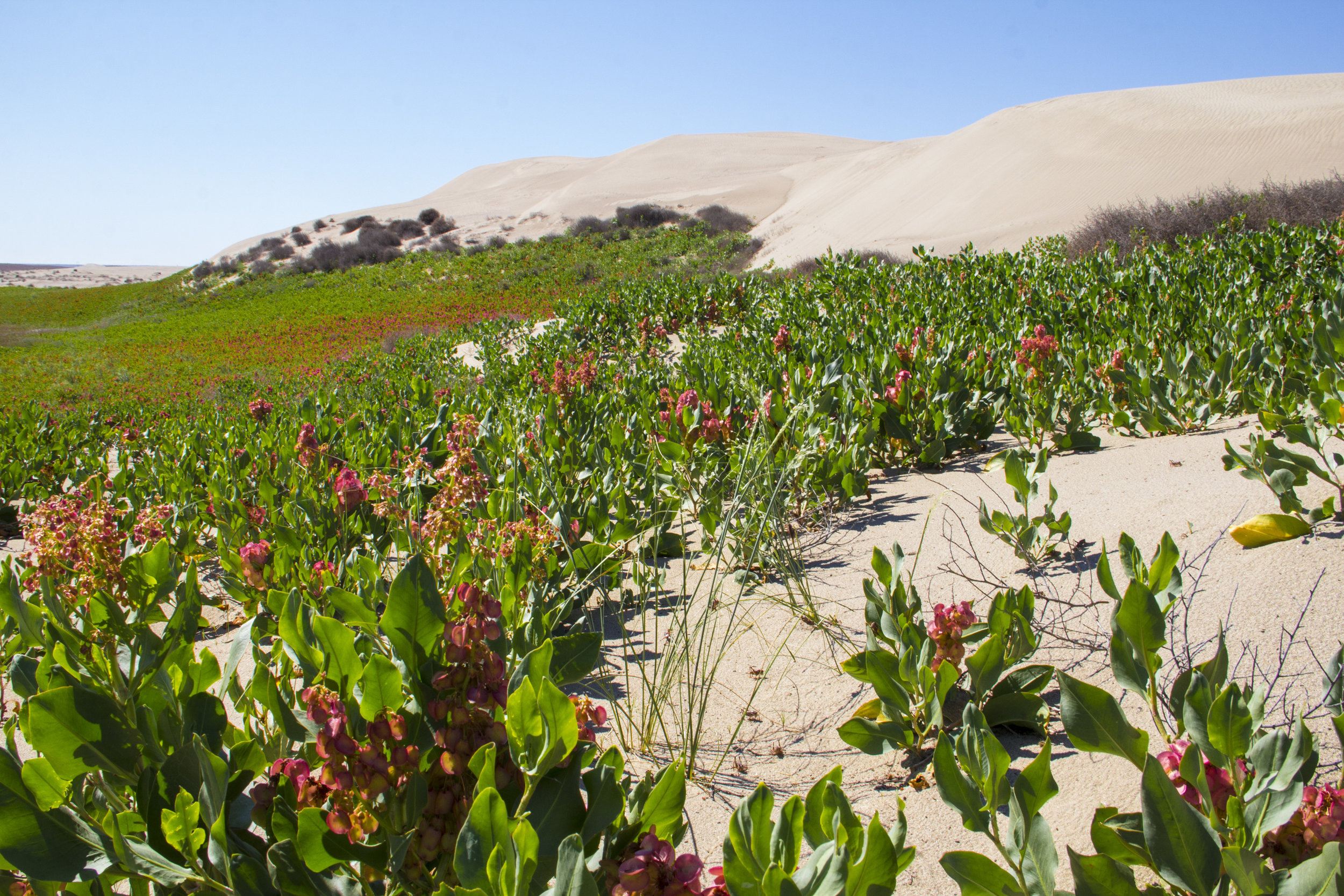
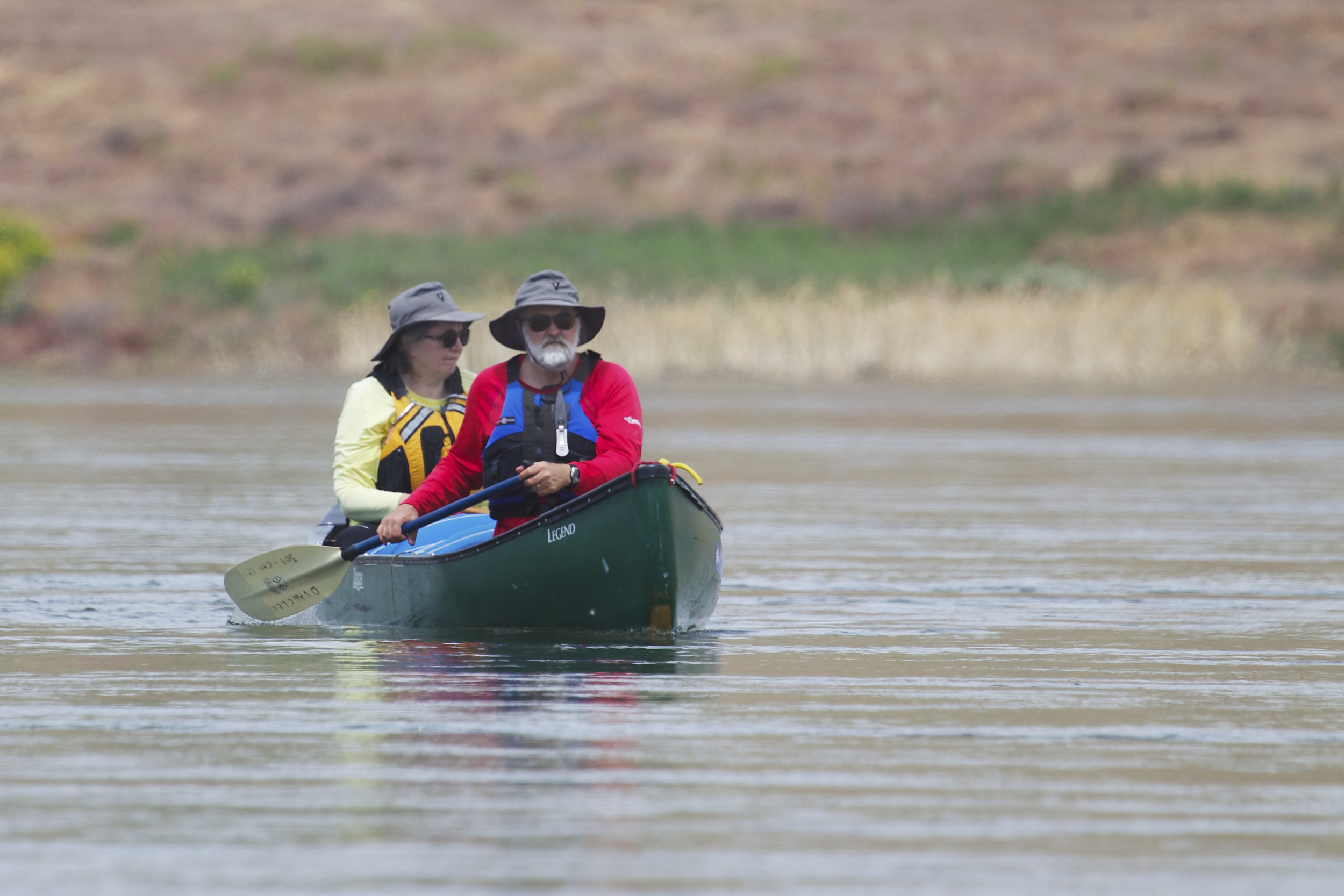
How can you help?
Secretary Zinke is inviting public comment on 27 national monuments across the country as part of a review to determine if some monument designations should be rescinded or modified. We urge you to submit a public comment to show your support for the Hanford Reach National Monument. Click on the button below to go directly to the public comment page on the Federal Register. The comment deadline is July 10.




























